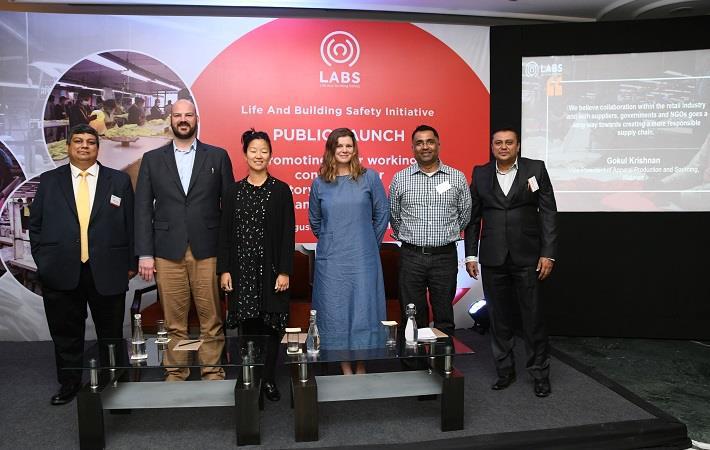The Life And Building Safety (LABS) initiative for the apparel and footwear sectors, launched by IDH—the sustainable trade initiativehas been launches in India on 28th August, 2019 followed by in Vietnam on 6th August.Major brands including Bestseller, Gap Inc., PVH, Target, VF Corp., and Walmart has joined the initiative.
The LABS initiative is designed to protect workers from structural, fire, and electrical safety risks in factories. It is designed to operate in all major industrial hubs, covering small, medium, and large enterprises in these countries. Together, in 2019, these brands cover hundreds of factories and around 163,400 workers in Vietnam, and 125,000 workers in India.
“With a pressing need to protect workers from structural, fire and electrical safety risks, several leading apparel brands approached IDH to leverage learnings from Bangladesh and replicate them in other key apparel sourcing countries. This led to the development of the LABS Initiative. The LABS participants include a group of European, Asian and US-based businesses, facilitated by the LABS Secretariat, which engages with local stakeholders such as industry associations, CSOs, governments, and institutes to create better safety policies and provisions,” IDH said in a press release.
Due to tragic incidents in the apparel industry, the industry has got a lot of attention in the recent years at a global level. The government of India is ready to adopt innovative, cost effective models. If there is a requirement to improve, we will adapt at the national level.
“We look forward to receiving recommendations and taking learnings from the LABS initiative for improving the national standards on safety in the sector,” said DK Shami, fire advisor, Director General Fire Services, Civil Defence and Home Guards, Indian ministry of home affairs.
As an industry-driven programme, LABS is aimed at setting a benchmark safety standard against which apparel, and footwear factories are assessed. The LABS assessment is not a code-compliance check; however, it defines a required level of safety based on international best practices, considering the local context.

